|
Winter in the Winery While the vineyards endure freezing temperature and wind chill, Fence Stile's winery is a hub of activity when we bottle wine. Owner-winemaker Shriti Plimpton and vineyard manager Shawna Mull work as a team to bottle wine throughout the year. Before we discuss these bottling photos in detail, let's back up a few months. Harvest Crush and Press Fall grape harvest runs from late August through early October. Each weekend, a specific variety of grape such as Seyval is harvested by Fence Stile's crew and volunteers. After the morning harvest, volunteers head to the Tasting Room for well-deserved wine, sangria, and harvest lunch. Meanwhile, Shriti leads a small team on the crush pad to weigh bins of harvested grapes, crush and press fruit, and transfer into tanks in the winery. Winemaker's Craft After fresh-pressed juice settles in the tank for one to two days, Shriti inoculates sugary juice with yeast to initiate fermentation. Simply put, yeast feeds on sugar and produces alcohol. Shriti oversees the temperature-controlled liquid in the tanks. Dryness or sweetness of wine is controlled by managing yeast activity so that a target percentage of residual sugar remains. Less sugar results in a drier wine. Shriti repeats this process weekly for each grape varietal harvested, crushed, and pressed. She monitors and manages these crucial steps to convert juice into wine. Over the following months, she evaluates the progress of each wine's development and aging in the tanks. Utilizing lab tests, experience, and team feedback from tasting trials, Shriti crafts the wine's color, taste, aroma, and body to her satisfaction. Only then is the wine ready to be bottled. The entire process may take four to eighteen months on average, depending on the timeline and necessity for bottling the previous year's vintage. Did you know that the year of a wine, such as 2017 Seyval, refers to the year when the grapes were harvested rather than the bottling date? The winemaking process detailed above is greatly simplified. This summary provides Fence Stile's guests a peek into what occurs behind-the-scenes prior to bottling. For more information and a firsthand look, sign up for our winery and wine cave tour (with wine tasting) that takes place each Saturday afternoon. RSVP and email [email protected] for more details or check our events calendar for dates and times. Bottling and Bottle Shock Shriti assigns bottling days throughout the year to transfer wine from the tanks to bottles for storage and sales. [Barrel-aged wines undergo a different process that we can explore in a future post.] Typically, bottling takes place in early winter through early spring. Once bottled, the wine is stored for a minimum of 30 days in the wine caves before it is sold. This grace period enables the wine to adjust to its new bottled environment and storage in the wine cave to avoid bottle shock. Bottle shock refers to a temporary condition where wine may exhibit off or atypical flavor after bottling. A wine's phenolics, tannins, and compounds may be altered by heat and motion during the bottling process. These elements in the wine continue to evolve in the bottle. Storage for at least 30 days reduces the likelihood of bottle shock prior to opening the bottle and tasting the wine. Bottling Set-up Any equipment that will touch harvested grapes, fresh-pressed juice, or wine is thoroughly cleaned and sterilized before and after use. To set up for bottling, hoses are attached between the tank, filter machine, and bottle filler. Clamps and gaskets are tightly secured at each end of hose connections. Pre-work involved for cleaning, sterilization, and setup is time-consuming, physical, and wet work but necessary to ensure quality and safety. Once setup is complete, wine is pumped from a storage tank through filters to the bottle filler. The four-head filler releases wine into each bottle at a pre-set level. Next, the corking machine deposits a cork into the neck of the bottle. Lastly, a foil cap is placed over the neck and pressure-sealed into place by a capper. Twelve bottles are inserted into a case and stacked on a pallet. Bottling represents a major stage in the lifespan of our wine that is part of an annual cycle. The work involved is physical and labor-intensive. Each bottle is handled by two to three people during the process to ensure quality and consistency. While some of the machinery is automated, bottling is still completed very much by hand. Teamwork, communication, and music help the long hours pass. Pallets of freshly-bottled wine are rolled into the wine cave for storage. They are physical indicators of the work that went into producing wine for our guests. Year-round Winery
Even now during winter's frigid days and nights, Fence Stile works steadily in the vineyards and winery year-round. By February, Shawna works along dormant rows to prune grapevines. Her work prepares for bud break in spring as the earth warms once again. Of course, the Tasting Room operates each weekend (weather willing) to serve guests and share our story. Meanwhile, Shriti manages the business and plans for growth. Vines produce fruit and mature during summer until fall. The cycle continues from fall harvest to crush and press for each year's vintage. Each bottle of wine represents a journey that involves many hands from volunteers to our Fence Stile team. That journey continues with guests that visit our Tasting Room, sample our wine, and select a favorite to enjoy. Whether sipping a glass of wine or sharing a bottle, our guests are an important part of the story. Transforming grapes from vine to juice to wine begins with the end in mind - sharing wine with friends. Our motto lives on. Good fences make good neighbors, a FENCE STILE makes neighbors, good friends! We hope that our wine, and the labor and craft behind it, inspires friendship and fellowship one sip at a time.
0 Comments
Leave a Reply. |
Archives
September 2021
Categories |
HoursWinter Hours December - February
Saturday: 11 am - 5 pm Sunday: 11 am - 5 pm Regular Hours: March - November: Thursday 3 pm - 7 pm Friday 12 pm - 8 pm Saturday 11 am - 8 pm Sunday 11 am - 5 pm |
Telephone - 816-500-6465 |
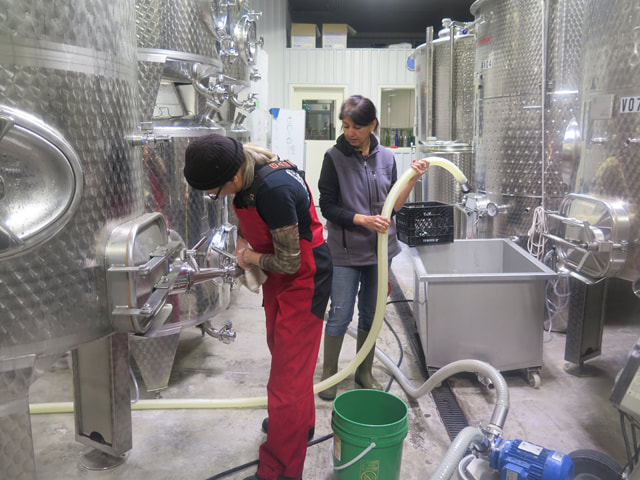
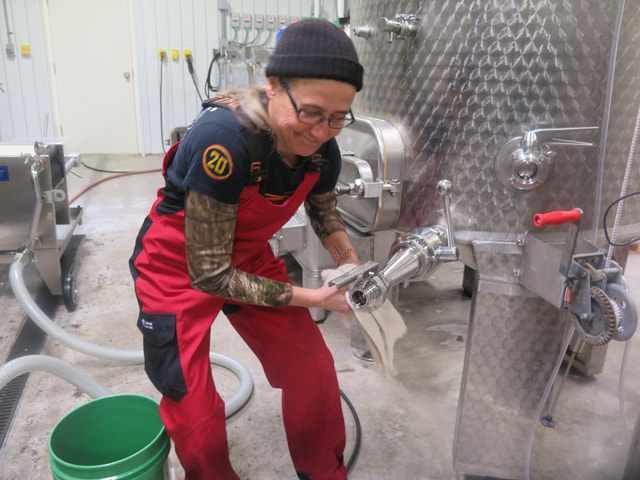
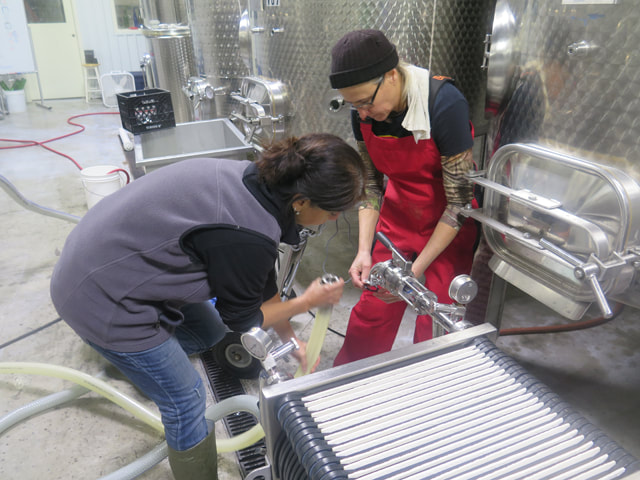
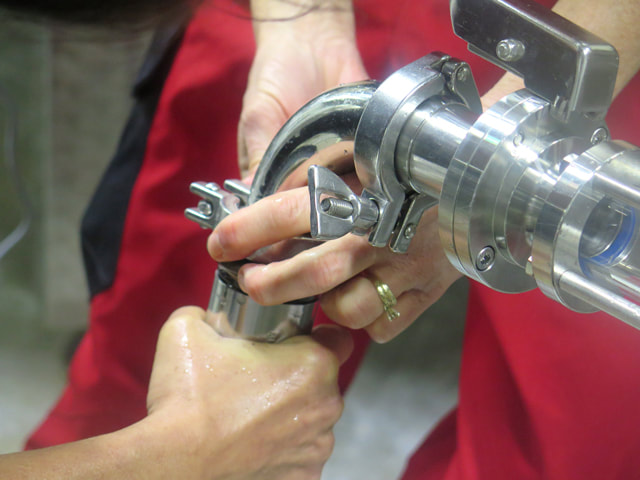
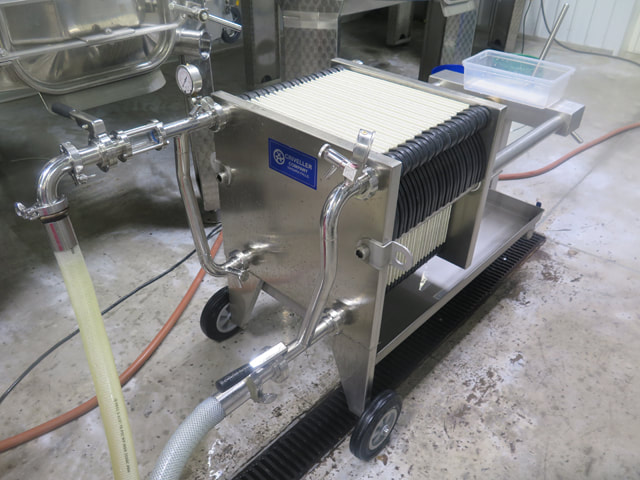
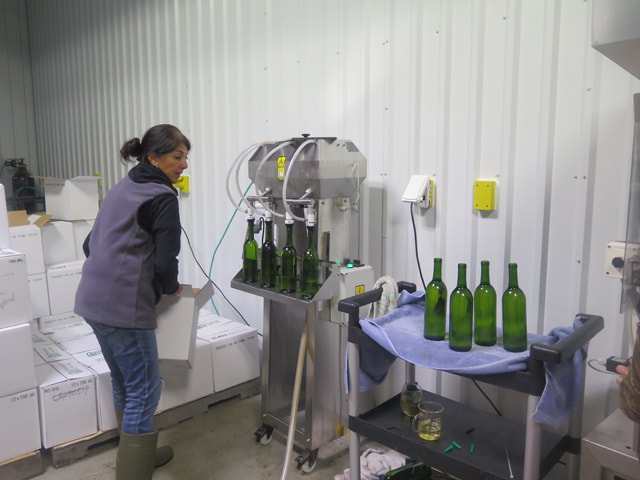
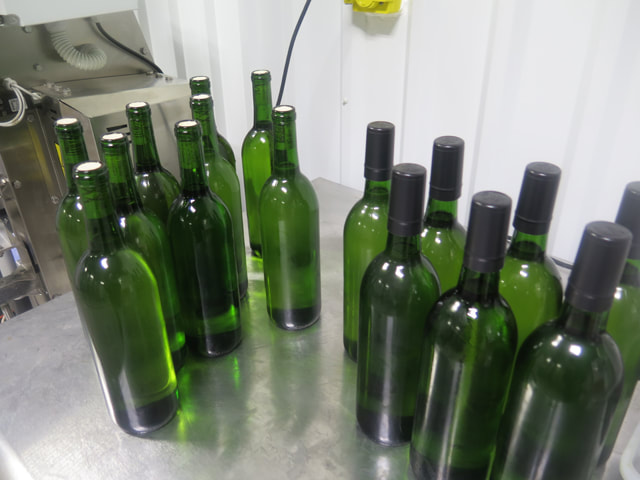
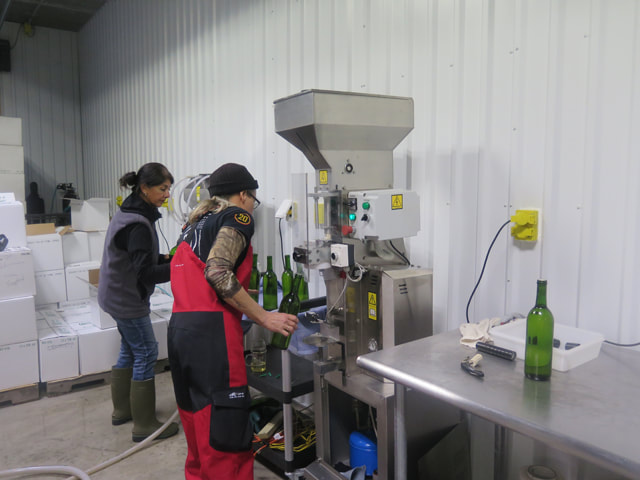
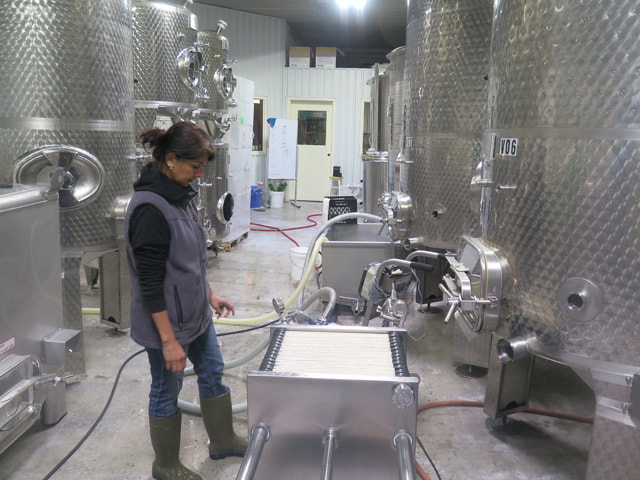
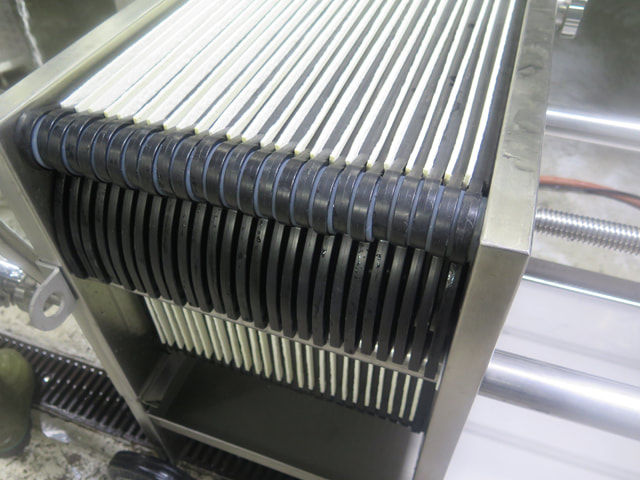

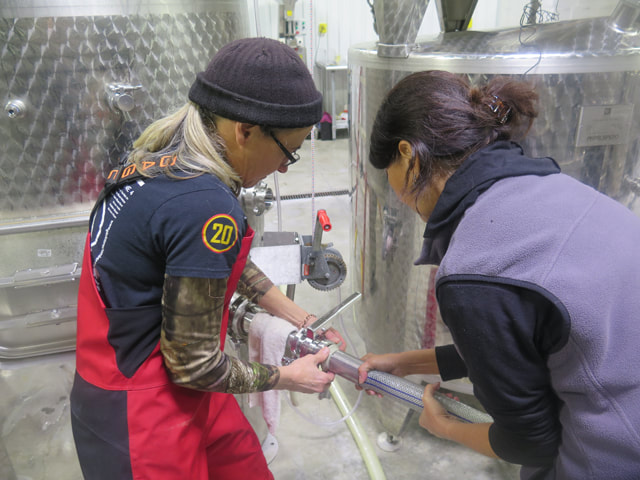
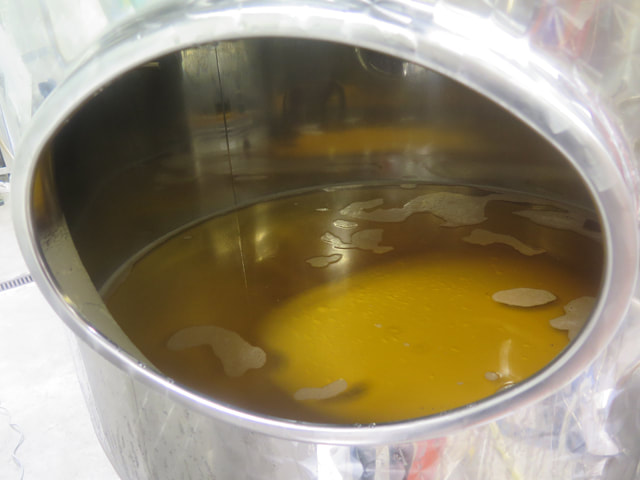
 RSS Feed
RSS Feed






